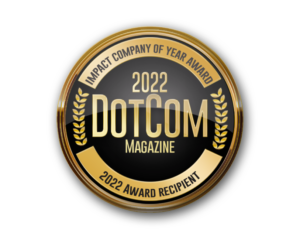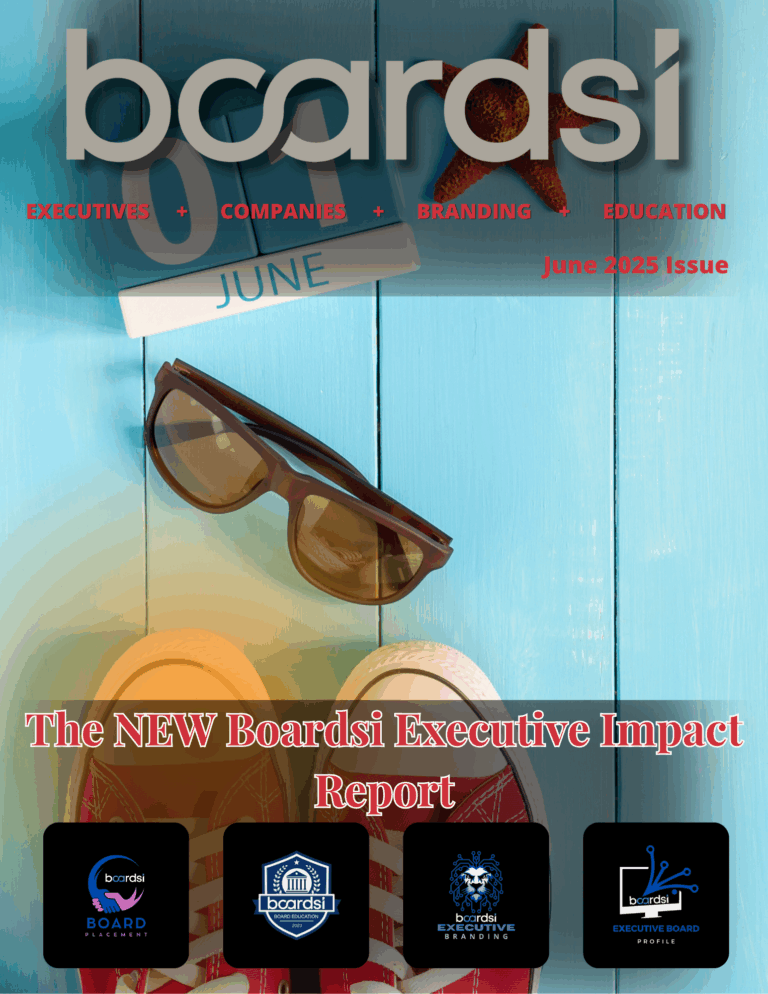In the contemporary world of business, characterized by its relentless pace and constant unpredictability, leaders find themselves at the intersection of numerous intricate decisions. The ability to steer through ambiguity and make nimble judgments has become an indispensable skill for effective leadership.
Martin Rowinski, the CEO of Boardsi, rightly asserts, “Authentic leadership transcends mere authority or control. It hinges on the ability to inspire, adapt to change, and foster an ecosystem where individuals can flourish and realize their utmost potential.”
The Imperative of Agile Decision-Making Traditional decision-making procedures have traditionally leaned on inflexible structures and protracted deliberations, potentially impeding progress in a volatile environment. On the contrary, agile decision-making stands out for its velocity, adaptability, and its willingness to embrace uncertainty. Leaders who master this approach are capable of confidently navigating complexity and seizing opportunities in our swiftly changing world.
Compiling Information and Encouraging Diverse Insights Agile decision-making commences with the gathering of pertinent information and the pursuit of diverse perspectives. Leaders must harness a variety of sources, such as data analytics, market surveys, and industry insights, to form a comprehensive grasp of the prevailing circumstances. Furthermore, actively soliciting input from team members, domain experts, and stakeholders serves as a wellspring of invaluable viewpoints that enrich the decision-making process.
Escaping the Clutches of Analysis Paralysis In the intricate milieu of business, succumbing to the quagmire of analysis paralysis is an ever-present peril. It manifests when decisions are postponed due to an overwhelming influx of information or the apprehension of making an incorrect choice. Agile decision-makers are astute to the importance of balancing analysis with action. They establish unequivocal deadlines, prioritize pivotal factors, and make determinations based on the available data, all the while remaining open to adjustments as fresh insights come to light.
Weighing Risk and Embracing Innovation Agile decision-making embodies a methodical approach to risk. Leaders evaluate the prospective risks and rewards entailed in various courses of action, ensuring that their choices are well-informed and strike a harmonious equilibrium between innovation and stability. They cultivate a culture of innovation, where calculated risks are seen as conduits for growth and enlightenment. By nurturing an atmosphere that champions experimentation, leaders empower their teams to stretch their limits and unearth new possibilities.
Iterative Decision-Making and the Perpetual Quest for Knowledge Agile decision-makers comprehend that decisions are not etched in stone. They wholeheartedly adopt an iterative approach, ceaselessly scrutinizing the repercussions of their decisions and making adaptations as necessitated by changing circumstances. They view decision-making as an ongoing process that evolves in response to feedback, insights, and dynamic surroundings. This mindset cultivates a culture of continuous learning, adaptation, and enhancement.
Real-Life Illustrations of Agile Decision-Making Throughout history, a slew of leaders has showcased the potency of agile decision-making. Elon Musk, the CEO of Tesla and SpaceX, is renowned for his capacity to make audacious decisions in swiftly transforming sectors. His iterative approach permits him to expeditiously pivot strategies, align with market dynamics, and fuel innovation.
Similarly, Mary Barra, the CEO of General Motors, spearheaded the company’s transformation by embracing agile decision-making. Her readiness to make challenging decisions, streamline operations, and prioritize innovation positioned General Motors as a frontrunner in the electric vehicle market.
Agile decision-making stands as a critical skillset for leaders steering through complexity and ambiguity. By amassing information, soliciting diverse perspectives, surmounting analysis paralysis, weighing risk, and welcoming innovation, leaders can fearlessly make choices that advance progress and grasp opportunities. Authentic leadership revolves around inspiring others and fashioning an environment conducive to individual flourishing. Let us welcome the challenge, empower excellence, and unleash the potential of agile decision-making to shape a prosperous future.
Source: Leadafi









